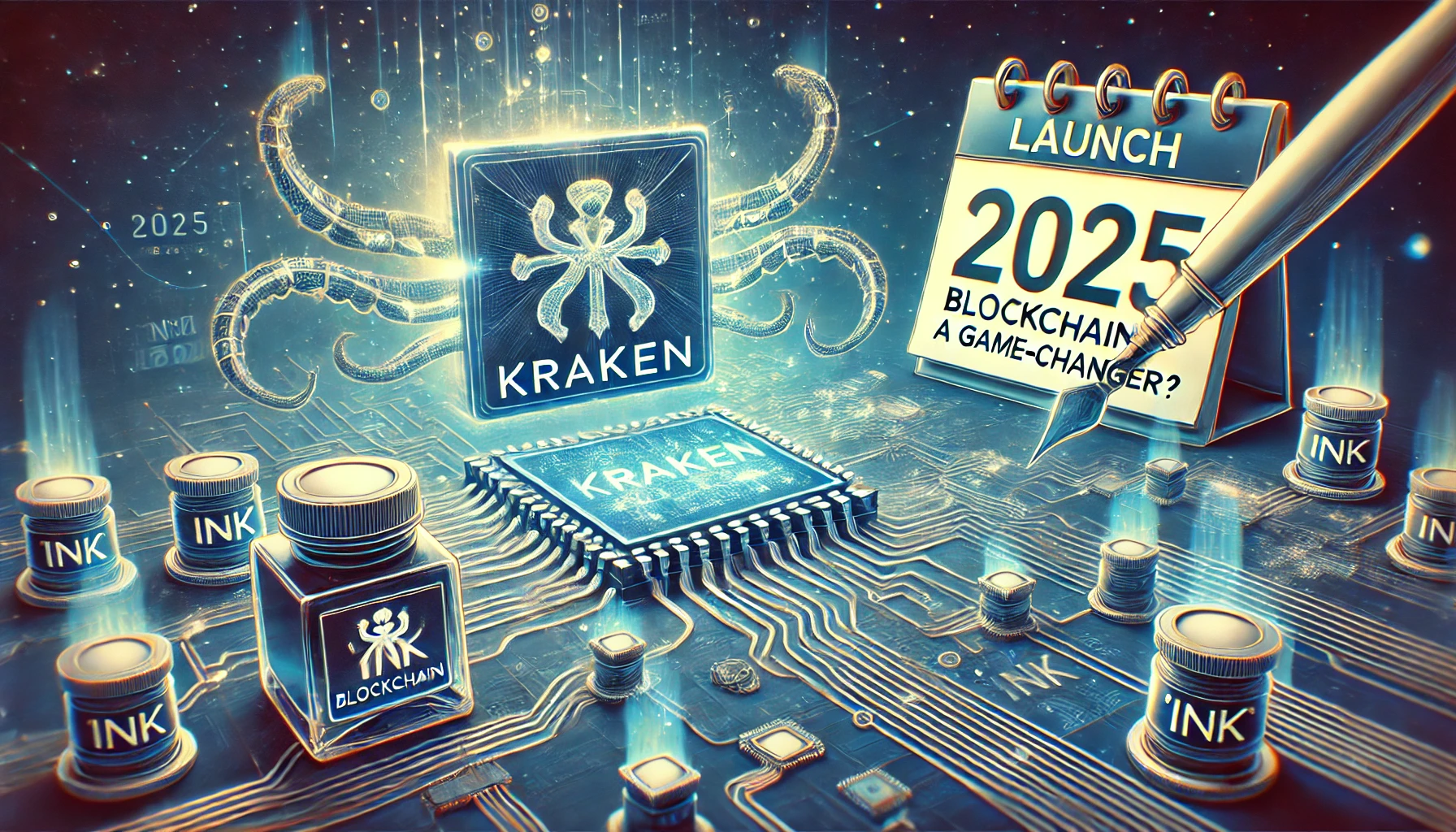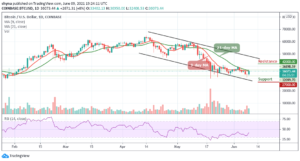- Kraken’s “Ink” blockchain, set for Q1 2025, will enhance DeFi accessibility, offering a user-friendly ecosystem without a native token.
- Built on Layer 2 using the OP Stack, Ink aims to enhance scalability and interoperability, marking Kraken’s competitive move in the blockchain space.
The last development update on Kraken highlighted its expansion with a Bermuda license, which CNF reported as a move for regulated crypto derivatives trading. With 14 years of industry experience, Kraken, one of the longest-standing centralized crypto exchanges, is set to expand into blockchain technology, following a path similar to Coinbase and Binance.
On October 24, 2024, Kraken announced plans to launch its own blockchain, “Ink,” designed for both retail and institutional users. According to a post on X, Ink introduces a single, integrated DeFi ecosystem intended to simplify on-chain interactions.
Introducing Ink.
A single, integrated DeFi ecosystem here to make onchain easier.
Join us: https://t.co/kKPhCeRLFf pic.twitter.com/tH4nqENKZ7
— ink (@inkonchain) October 24, 2024
Kraken’s Ink Blockchain: A Game-Changer?
In an official report, Ink founder Andrew Koller shared that the blockchain is set to go live in Q1 2025, aiming to support a range of decentralized applications. These applications will allow users to trade, borrow, lend tokens, and access other blockchain-based services without relying on intermediaries.
Ink is positioned as Kraken’s version of Coinbase’s Base and Binance’s BNB Chain. Its primary goal is to make decentralized finance (DeFi) applications more user-friendly, cost-effective, and accessible, simplifying processes like yield earning that have traditionally been complex for the average user.
Why Kraken is Launching Ink
Beyond enhancing user accessibility, Kraken views Ink as a new revenue opportunity, inspired by the profit-driven success of competitor blockchains. In a BNN Bloomberg update, Ink’s founder Andrew Koller explained that
Kraken plans to launch its Ethereum Layer 2 blockchain, “Ink,” in early 2025. The testnet is expected to debut later this year, providing access to various decentralized finance (DeFi) applications. Built using the OP Stack, Ink aims to improve scalability and interoperability within the Superchain ecosystem, which currently includes 57 projects.
Kraken’s report highlights that, following the launch of Coinbase’s Base, transaction volumes surged by 300% in Q2, partly fueled by new applications and the rise of meme coins. However, unlike its competitors, Kraken has no plans to launch a native token like BNB or USDC.
Currently, a dedicated team of 40 people is developing Ink, and Kraken has scheduled several events for Ink developers, including a major gathering at Devcon in Thailand in November 2024. Previously, Kraken launched kBTC, which, as CNF highlighted, brings Bitcoin to Ethereum and OP Mainnet. At present, Bitcoin (BTC) is trading at $67,705, having climbed 1.35% in the past day.














